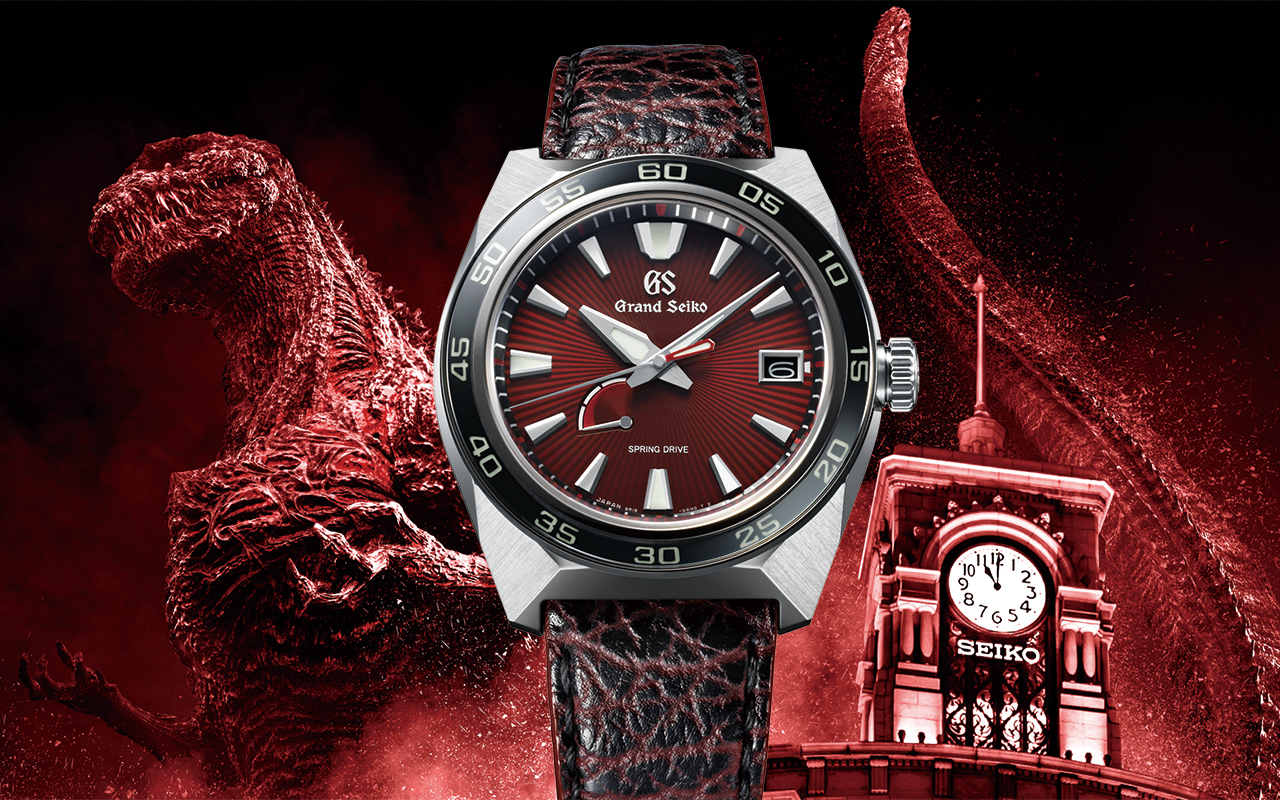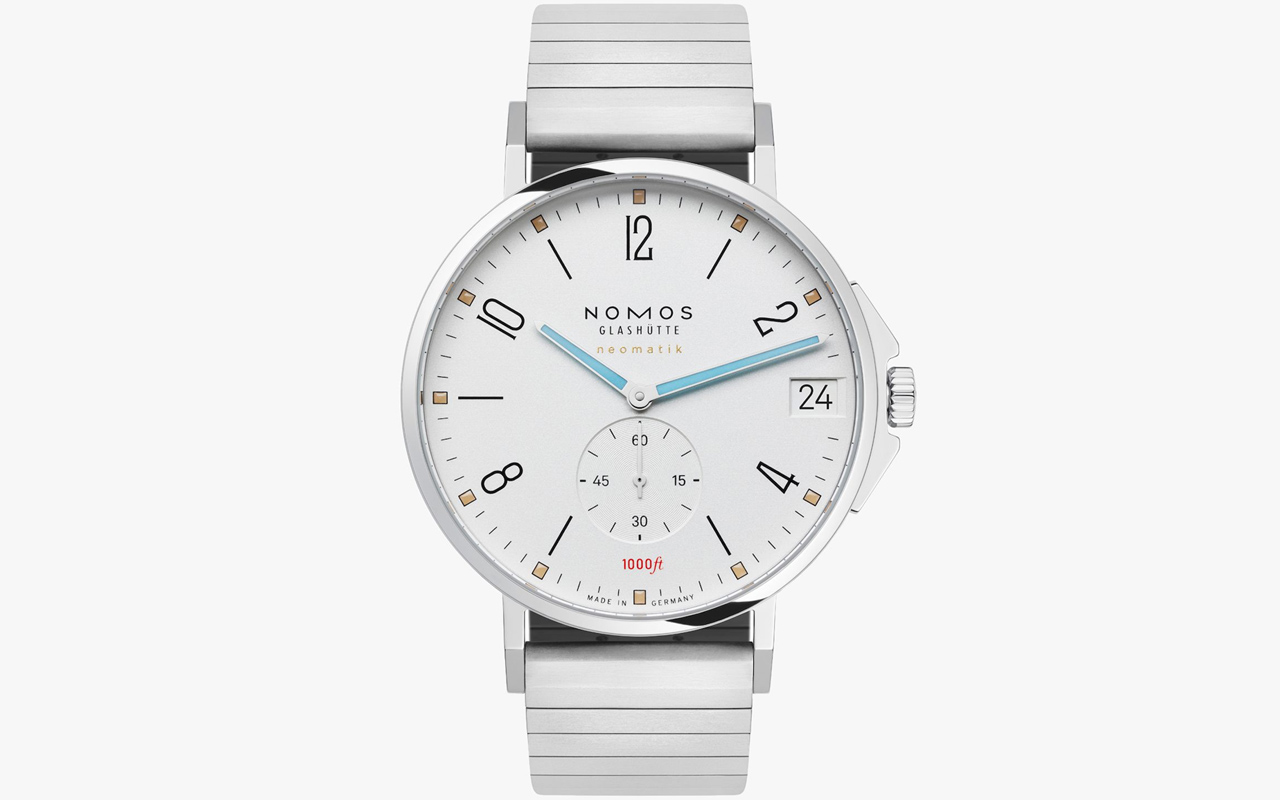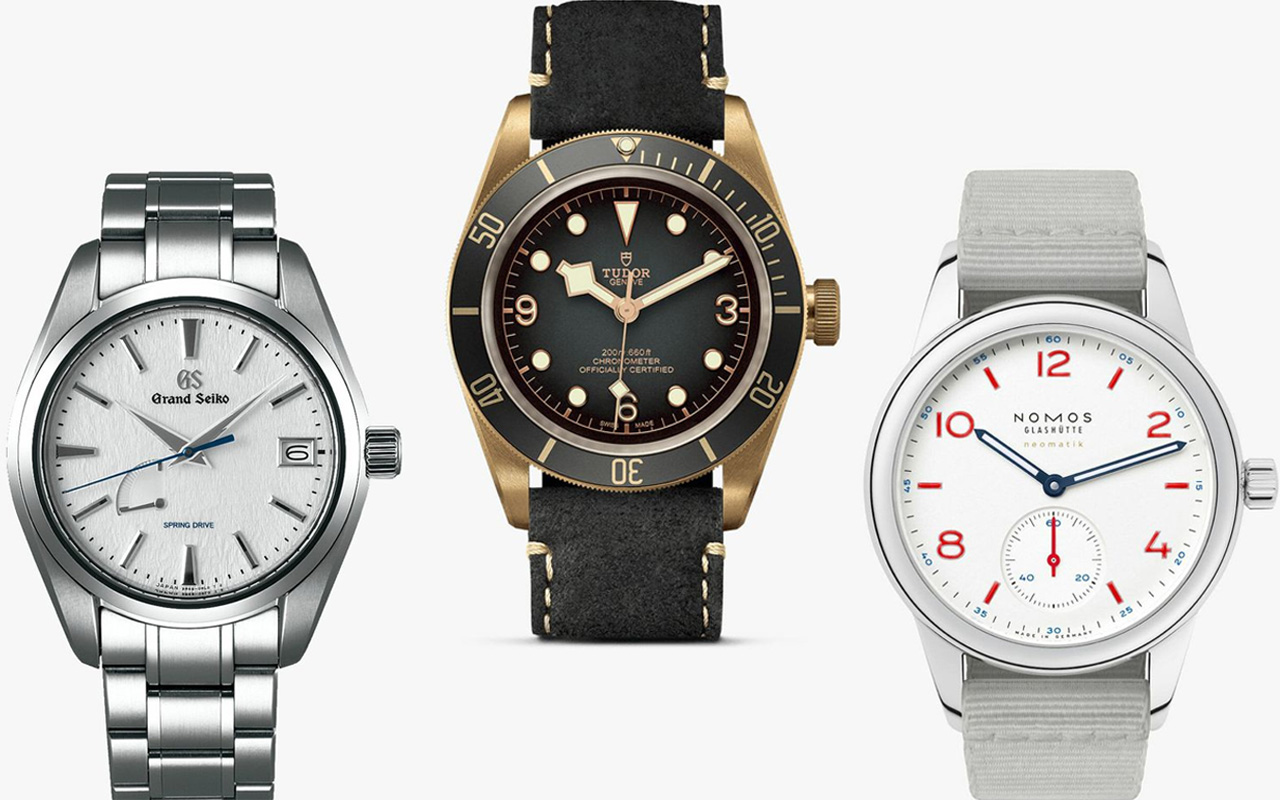The horology world we have been brought up in has never been a level playing field – some watchmakers have excelled with their perfection and exclusivity – others left to play catch up. While the names such as Casio, Omega, Tag Heuer sound familiar, the likes of Panerai and Jacob and Co. remain exclusive.
And then there are the so called “Holy Trinity of watchmaking,” which are even far and beyond most average collectors. If you haven’t heard of it – for reference – these are “The Big Three of watch industry” comprising the luxury Swiss watch manufactures – Audemars Piguet, Vacheron Constantin, and Patek Philippe.
There was a time when Swiss manufacturers set the tone with their high-end watches featuring immaculate movements and perfection in design. Now the horological tide has reached new frontiers. More watchmakers are excelling and proving relevant in today’s market.
Modern horology market is not ruled by expensive watches and showoff. There is a growing significance of excellence and exclusivity, not just governed by high chunks of cash. In such a scenario, Gary Shteyngart – American satirical novelist and watch enthusiast – describes a ‘New Holy Trinity” that comprises Grand Seiko, Nomos Glashütte, and Tudor.
These three modern fan favorites may not compare in terms of centuries-old experience. But they do vouch for decades of impeccable watch manufacturing, flawless design, and extreme innovation.
These brands offer the best watches in terms of quality, in-house movement, and design, and collectively deliver in all aspects a watch enthusiast would want at a reasonable price point. Referring to the best three modern day watchmakers, let’s briefly look into the style and facets that sets them apart from the league.
Grand Seiko

A sub-brand of Seiko – the world’s largest watchmaker – Grand Seiko was conceived in the year 1960 majorly to challenge the dominance of Swiss watches in the era. Since its inception, the marque has been at the helm of high-end watchmaking with Japanese craftsmanship at the core – doing what it set out to do, commendably well.
Grand Seiko’s iconic spring dive movement has come of age to power the brand’s luxury mechanical watches – in combination with electronic regulator – at a level of precision unmatchable in a mechanical watch. The Japanese watchmaker also thrives on the handcrafted dials, markers, and other hallmark features, every time challenging the Swiss iterations at a significantly lesser price.
NOMOS Glashütte

A. Lange & Söhne compatriot and an epitome of young German watchmaking, NOMOS is young and prolific company making head-turning timepieces since its inception in 1990. After the Berlin wall fell, NOMOS was established in Glashütte with a spirit of modernity and democracy, which flows ever so fresh in the brand’s veins till date.
Reflective of the modernist aesthetic, NOMOS designs are inspired by Bauhaus style. The brand has artisan manual winding and automatic mechanical watches in its repertoire – the movements are perfected in Glashütte but these watches are designed in Berlin. NOMOS timepieces are as exquisite as most Swiss watches yet very affordable.
Tudor

Often sidelined for being the little sister concern to Rolex, Tudor watches since being founded in 1926 by Hans Wilsdorf – founder of Rolex – has lived with the image of being an affordable Rolex. Over the years now, the brand has graduated in ranks of individuality, moving away from the established quality and design language of Rolex for good.
Tudor has now introduced a few in-house movements in its watches, which have excelled in the horology space for their affordable innovation. The inventive movements and refined design fabric distinguish Tudor from Rolex but these watches boast the durability of the latter, at a much affordable price point.



